Rooting Elderberry Cuttings: How To Propagate Elderberry Cuttings
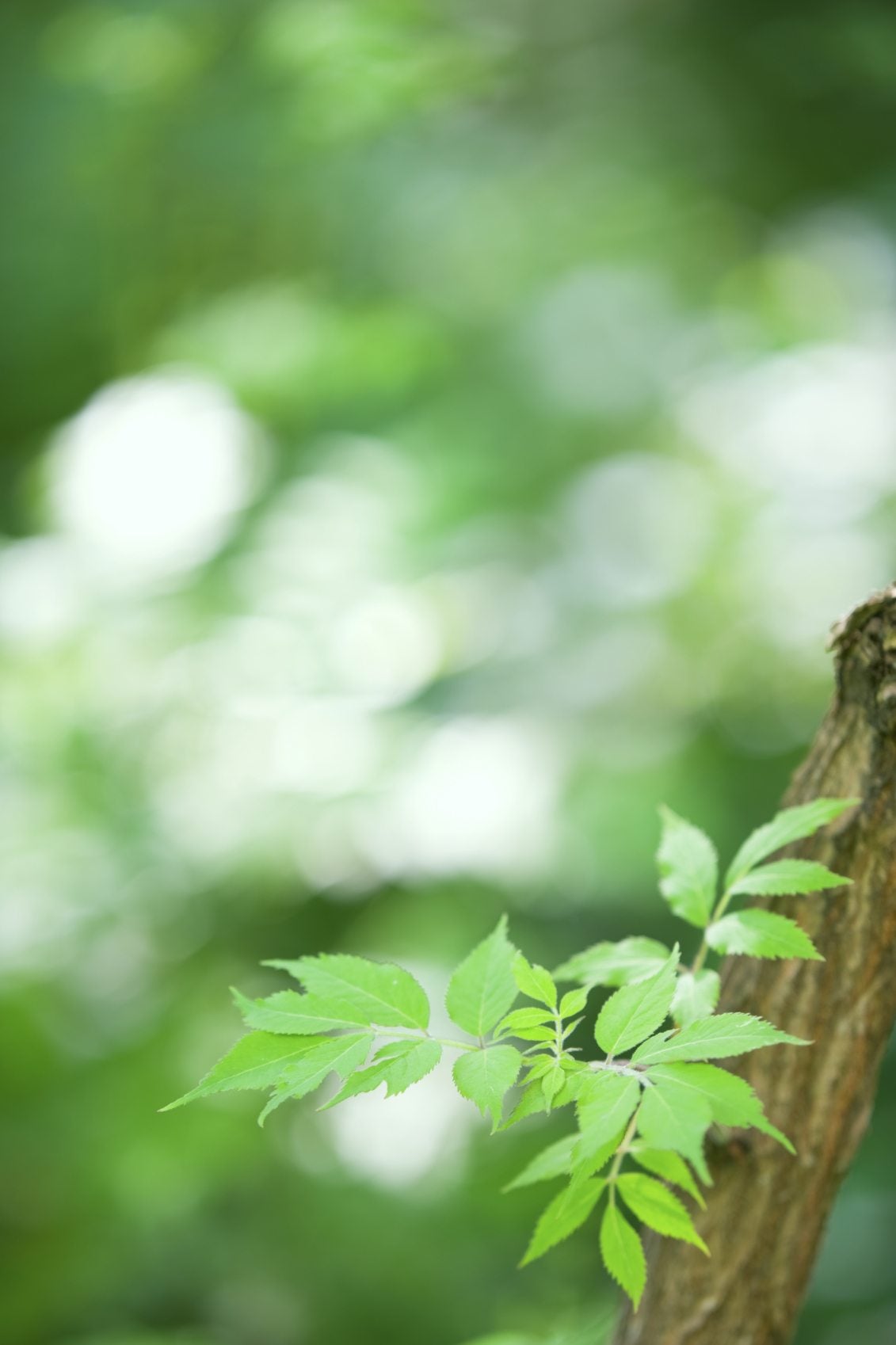
Elderberries (Sambucus canadensis) are native to parts of North America and are seen as a harbinger of spring. The delicious berries are made into preserves, pies, juices, and syrup. Elderberries are woody plants, thus starting elderberry from cuttings is a simple and common method of elderberry propagation. How to propagate elderberry cuttings and when is the best time to take elderberry cuttings? Read on to learn more.
When to Take Elderberry Cuttings
Elderberry propagation via cuttings should be softwood cuttings. These are the best for propagating elderberries due to the new growth that is just at the cusp of maturity. Take your softwood cuttings in early spring when the plant is just breaking dormancy. Cuttings form new roots from leaf nodes on the stem and, voila, you have a new elderberry plant that is a clone of the parent.
How to Propagate Elderberry Cuttings
Elderberries are suited to USDA plant hardiness zones 3-8. Once your soil has been prepared, it's time to plant the cuttings. You can take a soft cutting from a neighbor or relative or order them through an online nursery.
While cross-pollination is not necessary to set fruit, blossoms that are cross-pollinated tend to produce larger fruit, so ideally, you should select two cultivars and plant them within 60 feet (18 m.) of each other.
If you are cutting your own, select a soft, springy branch that is just beginning to harden up and turn from green to brown. Cut the branch into 4- to 6-inch (10-15 cm.) long segments; you should get multiple cuttings from one branch.
Pinch off all the leaves from the lower two-thirds of the cutting. Be sure to leave at least one set of leaves at the top. Rooting elderberry cuttings may begin either in water or a soil mix.
- You can place the trimming cut side down in a jar filled with water, submerging halfway. Put the jar in a sunny area for six to eight weeks, changing the water every so often. Mist the cutting every few days. Roots should begin to form by week eight. They will be more fragile than those begun in soil, so wait until they look sturdy before transplanting them into the garden.
- If using the soil method for rooting your cutting, soak the cuttings in water for 12-24 hours. Then combine one part peat moss to one part sand and combine it with water until the soil is damp and crumbly, not sodden. Fill a 2- to 4-inch (5-10 cm.) container with the mix and stick the bottom third of the cutting into the medium. Secure a clear plastic bag over the pot with twist ties or a rubber band to create a mini greenhouse. Place the cutting in an area of bright but indirect light. Mist the cutting every few days as the soil dries out, and then replace the bag. After six weeks, the elderberry cutting should have roots. A gentle tug should meet with resistance, which will let you know it’s time to transplant.
Before rooting your elderberry cuttings, select a site and prepare the soil. Elderberries like a sunny to partially shaded area with fertile soil amended with plenty of organic matter. The soil should also be well-draining. A soil test available through your local extension office will clue you into any amendments the soil needs before starting elderberry from cuttings.
Gardening tips, videos, info and more delivered right to your inbox!
Sign up for the Gardening Know How newsletter today and receive a free copy of our e-book "How to Grow Delicious Tomatoes".
You may need to incorporate additional phosphorus or potassium before planting. Now just dig a hole and bury the cutting with the base of the stem level with the soil line. Space multiple elderberries out by 6-10 feet (2-3 m.) to allow for a 6- to 8-foot (2-2.5 m.) spread by each plant.
By summer, you should have elderberry blossoms which can be used to make syrup, tea, or lemonade. By the next summer, you should have an abundance of antioxidant-rich, juicy berries high in Vitamin C and iron to make into preserves, pies, wine, and syrup.

Amy Grant has been gardening for 30 years and writing for 15. A professional chef and caterer, Amy's area of expertise is culinary gardening.
-
 12 Lush Alternatives To A Lawn For Sustainable Spaces
12 Lush Alternatives To A Lawn For Sustainable SpacesAlternatives to a lawn are beautiful and also beneficial to your local ecosystem and its pollinators. Explore our top picks for plants to replace grass.
By Tonya Barnett
-
 Types Of Tomatoes Explained: Explore The Many Wonderful Shapes, Colors, Flavors, & Best Uses
Types Of Tomatoes Explained: Explore The Many Wonderful Shapes, Colors, Flavors, & Best UsesThe world of tomato varieties is vast and fascinating. Learn about the key types to grow in your garden, tailored to your preferences and space.
By Amy Grant
-
 Elderberries Not Fruiting – How To Get Elderberry Fruit
Elderberries Not Fruiting – How To Get Elderberry FruitNo berries on elderberry? There may be a simple explanation. Read on for a helpful tips that may resolve the problem of elderberries not fruiting.
By Mary H. Dyer
-
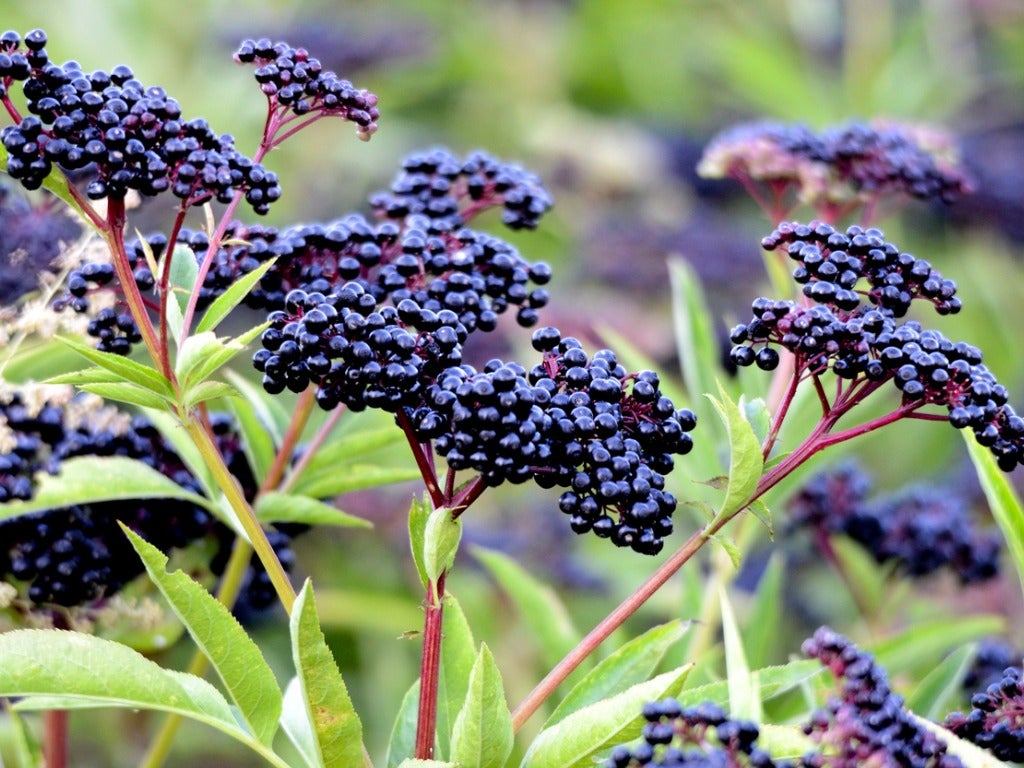 Germinating Elderberry Seeds – Elderberry Seed Growing Tips
Germinating Elderberry Seeds – Elderberry Seed Growing TipsIf you are cultivating elderberries for commercial or personal harvest, growing elderberry from seed may not be the most efficient way to go, however, it is possible. Click here to learn more.
By Teo Spengler
-
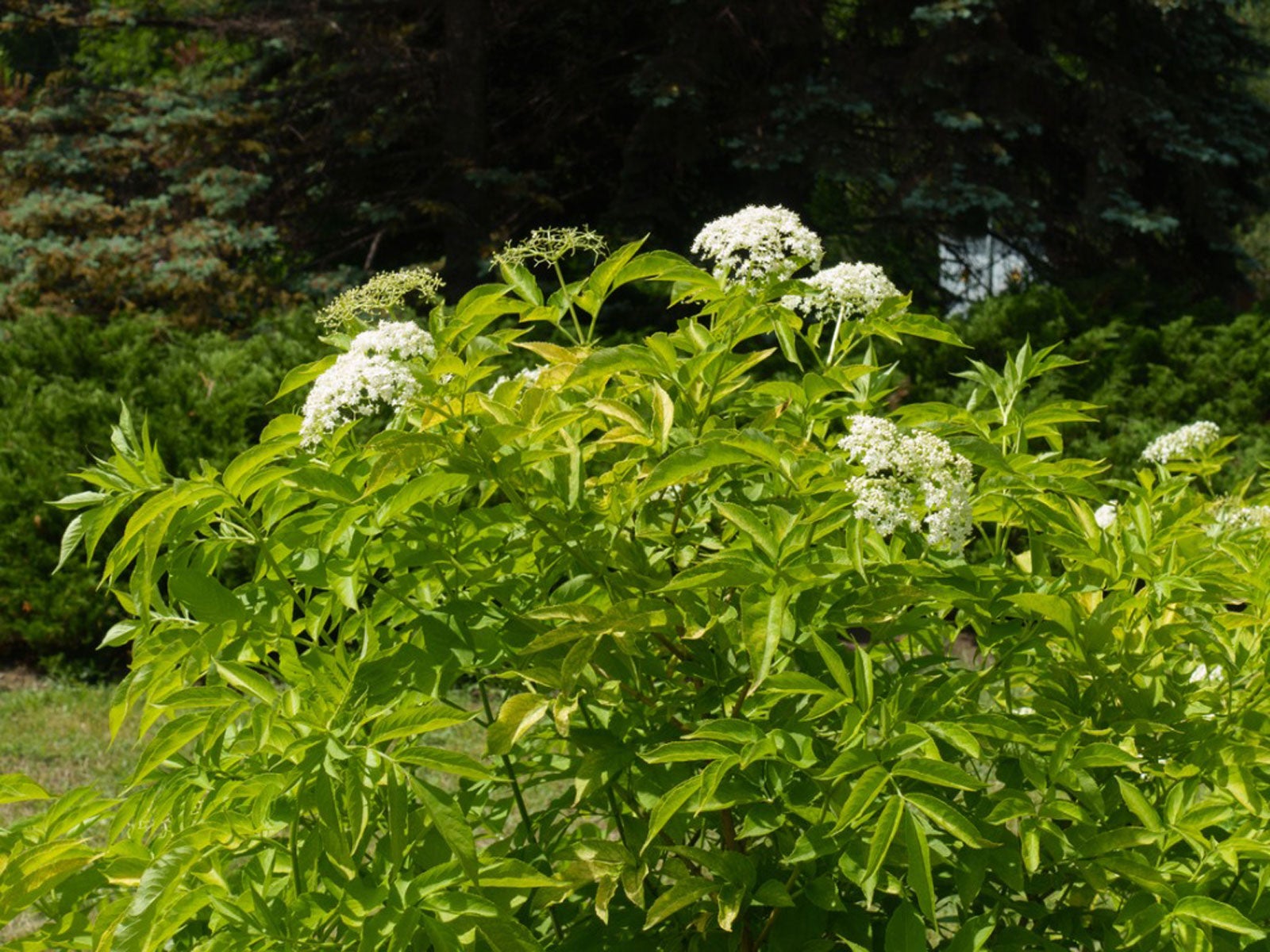 Transplanting Elderberries – How To Transplant Elderberry Bushes
Transplanting Elderberries – How To Transplant Elderberry BushesElderberry plants are attractive and productive. If you have a poorly sited shrub, moving an elderberry is not difficult. Get tips here.
By Teo Spengler
-
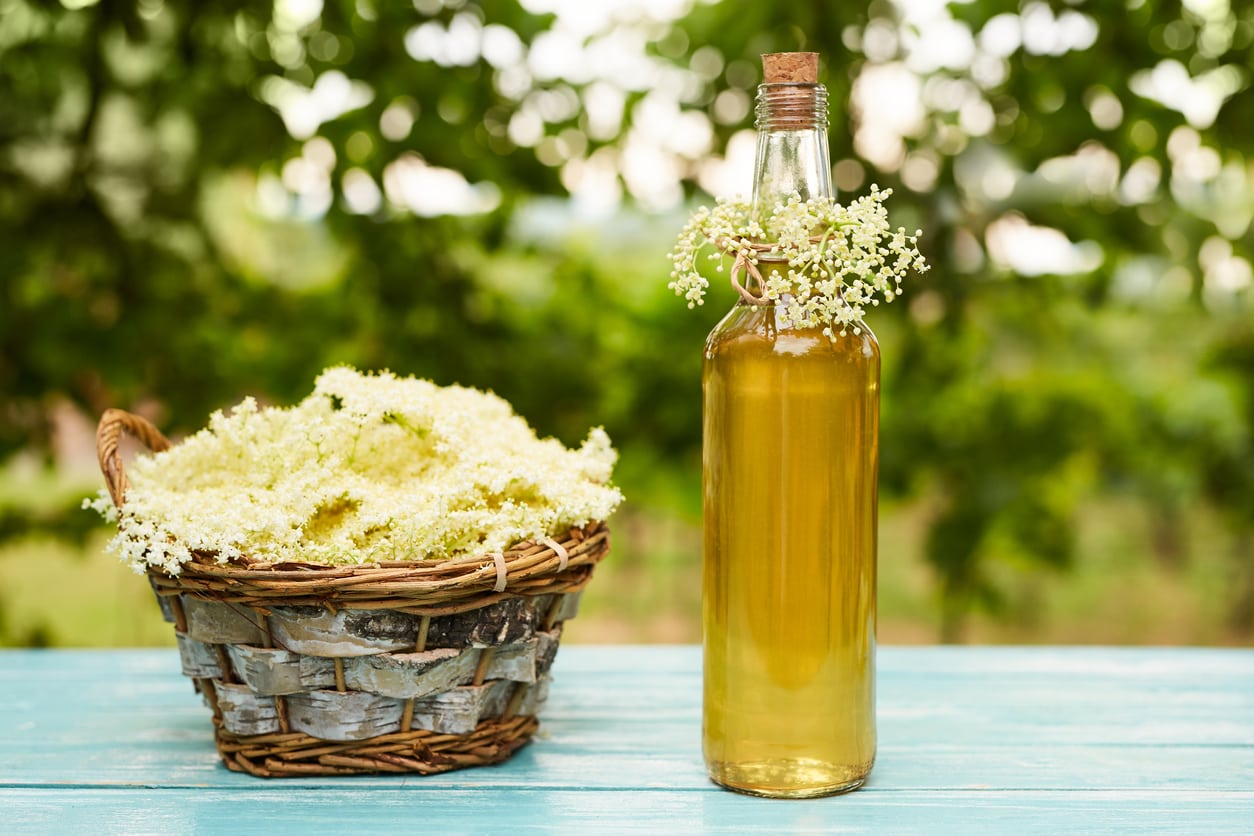 What To Do With Elderflowers: How To Use Elderflowers From The Garden
What To Do With Elderflowers: How To Use Elderflowers From The GardenMany gardeners and cooks know about elderberries, the small dark fruits that are especially popular in European cuisine. But before the berries come the flowers, which are tasty and useful in their own right. Click here to learn what to do with elderflowers.
By Liz Baessler
-
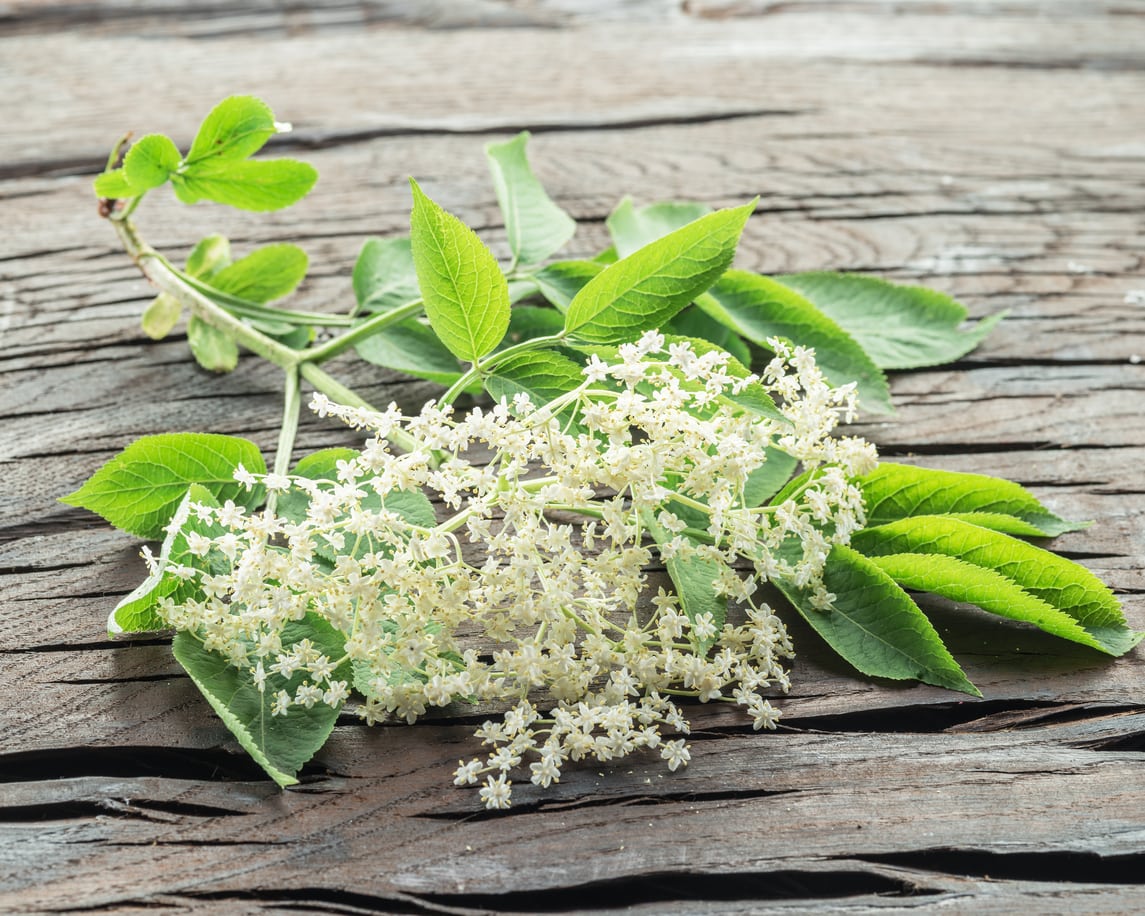 Elderberry Flowers – Growing Elderflowers In The Garden
Elderberry Flowers – Growing Elderflowers In The GardenElderberry is most well-known for its fruit, but you can also grow elderberries for their flowers. American elder is a fast-growing bush that will tolerate a variety of conditions and requires little care and maintenance. Learn more in this article.
By Mary Ellen Ellis
-
 How To Harvest Elderflowers – Tips For Picking Elderflowers
How To Harvest Elderflowers – Tips For Picking ElderflowersElderflowers have a long tradition of use and colorful lore. They are most useful in herbal concoctions during flu and cold season. Picking elderflowers when in season and drying them is an excellent way to preserve them for fall and winter sick days. This article will help.
By Bonnie L. Grant
-
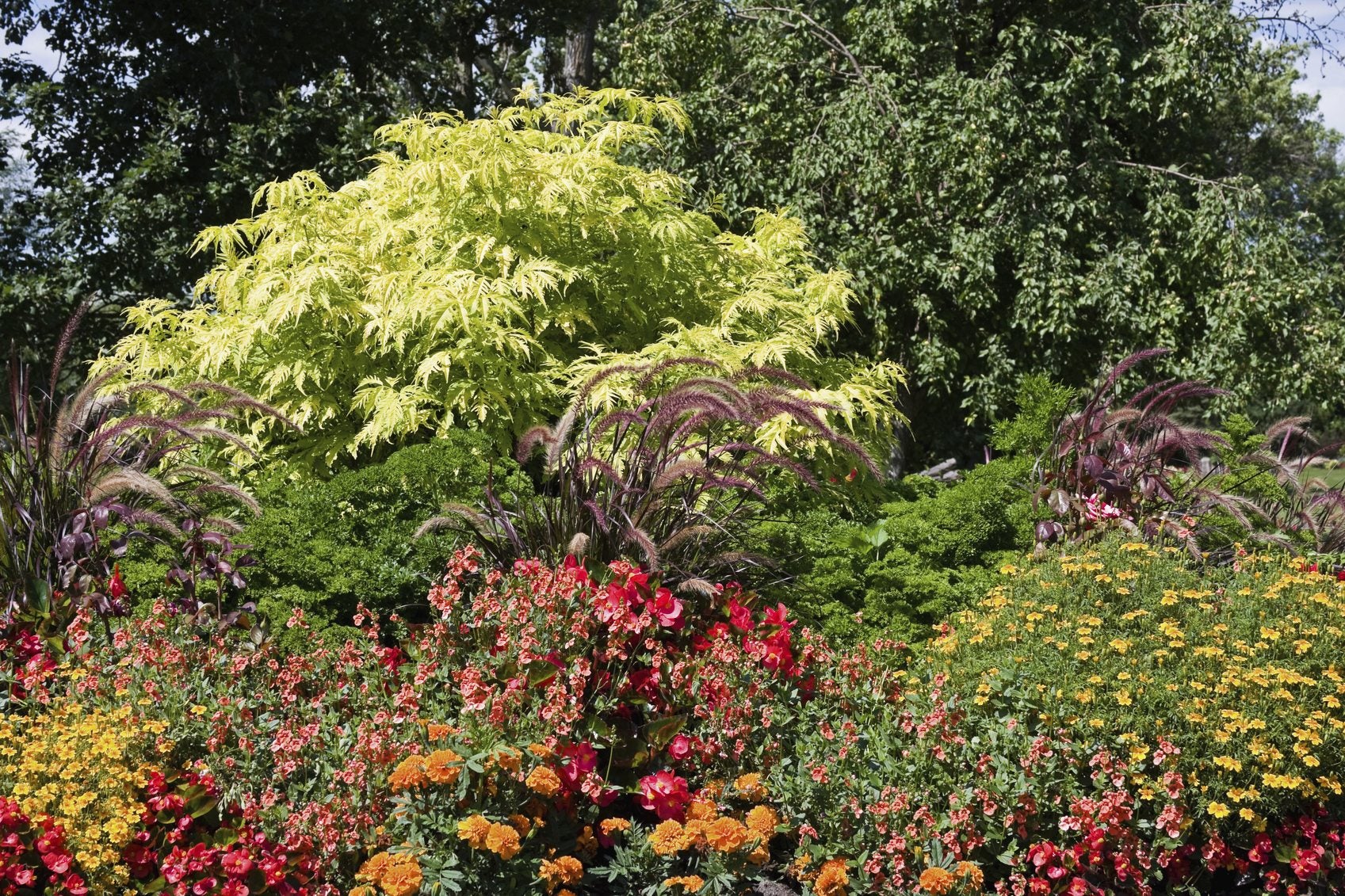 Elderberry Plant Companions – Tips On Planting With Elderberries
Elderberry Plant Companions – Tips On Planting With ElderberriesGardeners love elderberries because they attract pollinators, like butterflies and bees, and provide food for wildlife. These shrubs can be planted alone but look best with elderberry plant companions. What to plant with elderberries? This article will help.
By Teo Spengler
-
 Elderberry Bush Varieties: Different Types Of Elderberry Plants
Elderberry Bush Varieties: Different Types Of Elderberry PlantsElderberries are one of the easiest shrubs to grow. The shrubs are commonly found growing along the road, forest edges and abandoned fields. What types of elderberry plants are suited to your region? Find out in this article.
By Amy Grant